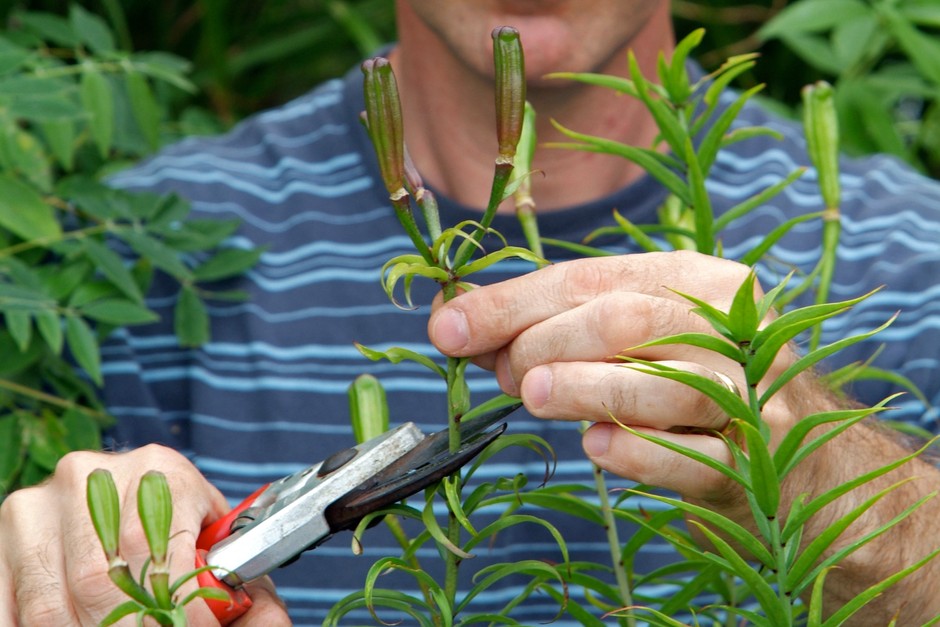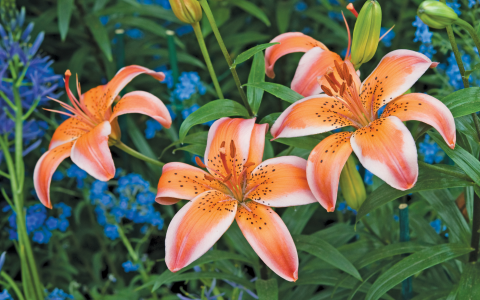Okay, so you’ve got these gorgeous lilies, right? They’ve bloomed and looked amazing, but now the flowers are starting to fade. Don’t just toss them! Here’s what I do to keep my lilies happy and get them to bloom again next year.
Deadheading (Getting Rid of the Old Flowers)
First things first, I snip off the dead flowers. I use my trusty garden shears, but even scissors will work. I just cut the flower stem right below where the flower was attached. I don’t remove the whole stem, just the spent bloom. Easy peasy!

Let the Leaves Do Their Thing
This is super important: I leave all the green leaves alone. I know, it might look a little messy, but those leaves are like little solar panels. They’re soaking up sunlight and making food for the bulb underground. The more energy the bulb stores, the bigger and better the blooms will be next year. So, resist the urge to tidy up too much!
Watering and Feeding
- Watering: I keep watering the lilies regularly, just like I did when they were blooming. I don’t let the soil get bone dry. The bulb is still alive and kicking under there, and it needs water. I check every day or so by poking a finger and feeling the soil moisture level.
- Feeding:If the soil is dry, I water them. If not, I’ll check again tomorrow. I also give them a little boost with some fertilizer. I use a balanced, all-purpose fertilizer, nothing fancy. I just follow the instructions on the package. I don’t overdo it, a little goes a long way.
Waiting for the Leaves to Yellow
I just keep watering and feeding until the leaves naturally start to turn yellow and brown. This usually happens in the late summer or early fall. It’s a sign that the bulb has absorbed all the energy it needs and is going dormant. It’s like the plant is saying, “Okay, I’m done for the year, time for a nap!”
Cutting Back the Stems (Finally!)
Once the leaves are completely yellow or brown, I grab my shears again and cut the stems back to just a few inches above the ground. Now it looks much tidier! This is also preventing disease issues.
Mulching (Optional, but Helpful)
I have tried mulching and found it beneficial. I spread a layer of mulch, like shredded bark or straw, over the area where the bulbs are planted. This helps insulate the bulbs during the winter and keeps the weeds down. It’s not totally necessary, but it’s a nice extra step, especially if you live in a colder climate.
Waiting for Next Year!
And that’s it! I just leave the bulbs in the ground and wait for them to sprout again next spring. It’s always so exciting to see those first green shoots popping up, knowing that I’ll have another round of beautiful lily blooms to look forward to. I have done this for two years and get the satisfying blooming every year!




















